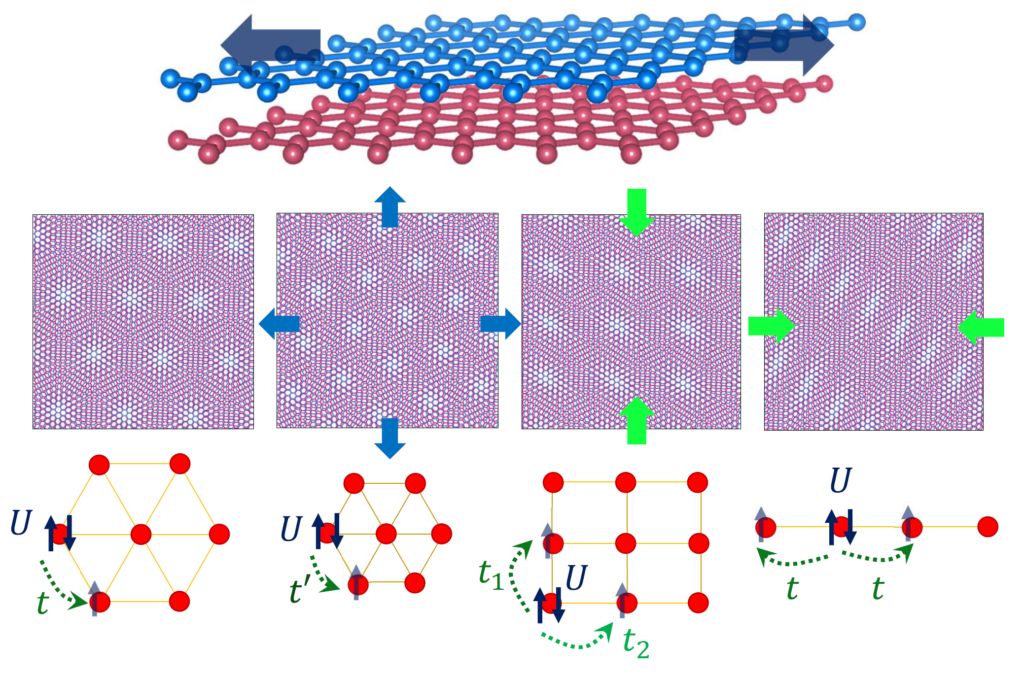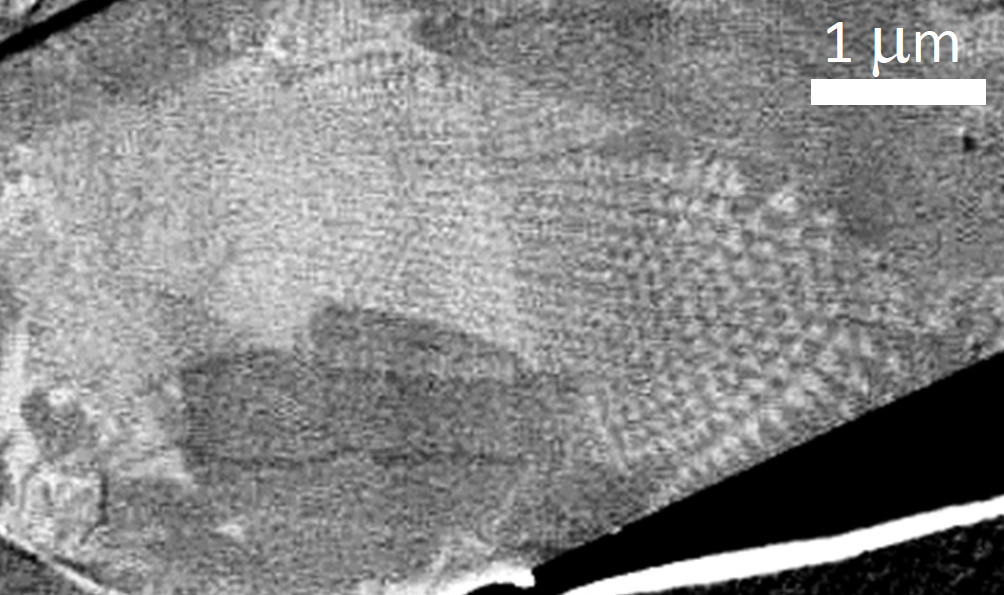Nanoelectronic and Quantum Devices
As we reach the era of post-Moore’s law electronics, there is a critical need for new types of nanoelectronic devices that go beyond the conventional transistor for the continued advancement of computing. Low power, fast switching, non-volatile electronic devices that operate on fundamentally different principles represent the next step in the evolution of what the landscape of electronics will look like for the coming years.
Similarly, a fundamentally different type of computing, which operates on the principles of quantum mechanics is being explored as a way to replace conventional computing. Allowing information to be stored and manipulated in the quantum state of a quantum-bit (qubit), may allow for exponential speedups in computational power. Underlying all of this is the idea that we need new and unconventional quantum devices to form the hardware basis for a quantum computer. The ability to engineer new types of scalable, coherent, long-lifetime devices to store, interact, and manipulate quantum state will ultimately determine the success of quantum computing in the near term future.
Strain Engineering 2D Materials
Strain engineering has been a large part of industrial CMOS production since 2004. We look at how to translate these same concepts to 2D van der Waals materials to engineer new quantum materials by modifying interlayer/intralayer interaction, Moiré superstructure, or atomic reconstruction. Our research focuses on using these newly engineered materials for next generation electronic devices.
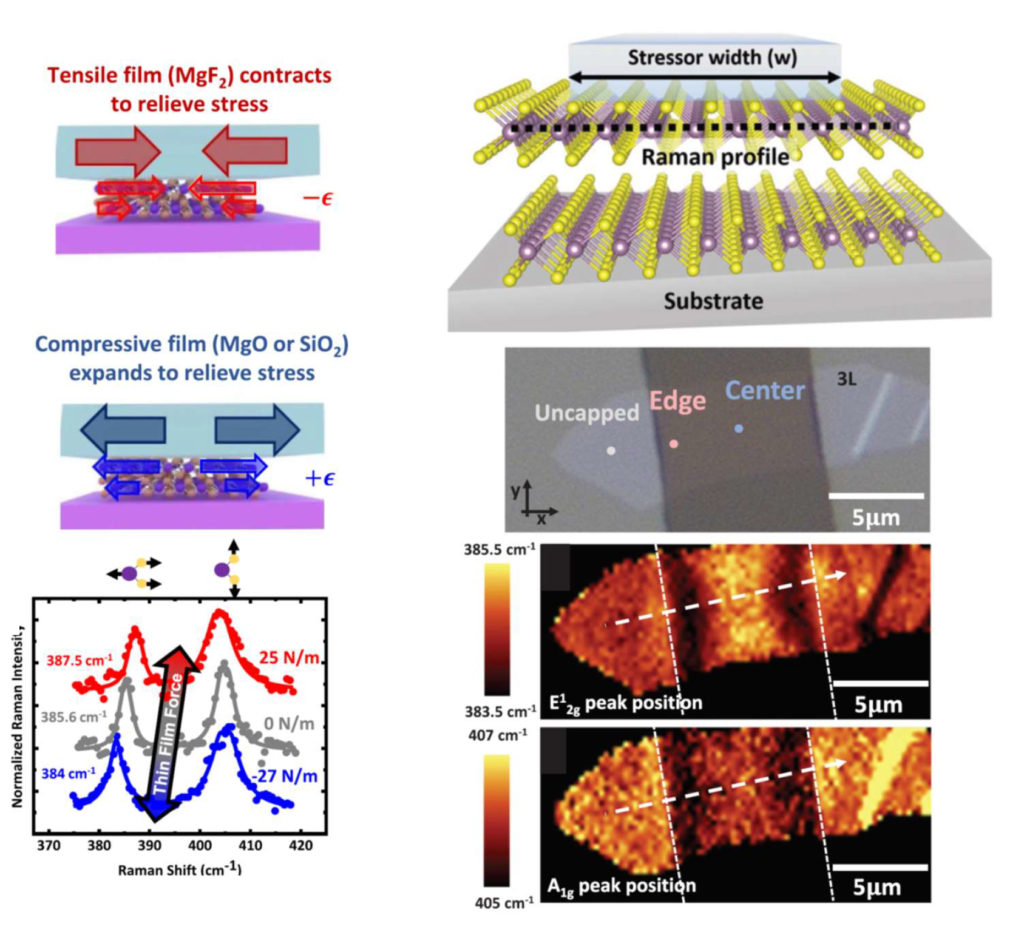
- T. Peña, et al. 2D Mater. 8, 045001 (2021)
- S. A. Chowdhury, et al. J. Eng. Mater. Technol. 144, 011006 (2021)
- A. Azizimanesh, et al. Appl. Phys. Lett. 118, 213104 (2021)
- T. Peña, et al. J. Appl. Phys. 131, 024304 (2022)
- A. Azizimanesh, et al. Appl. Phys. Lett. 123, 043504 (2023)
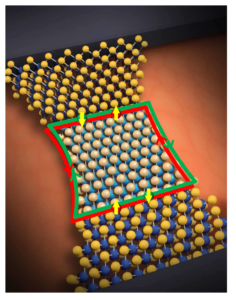
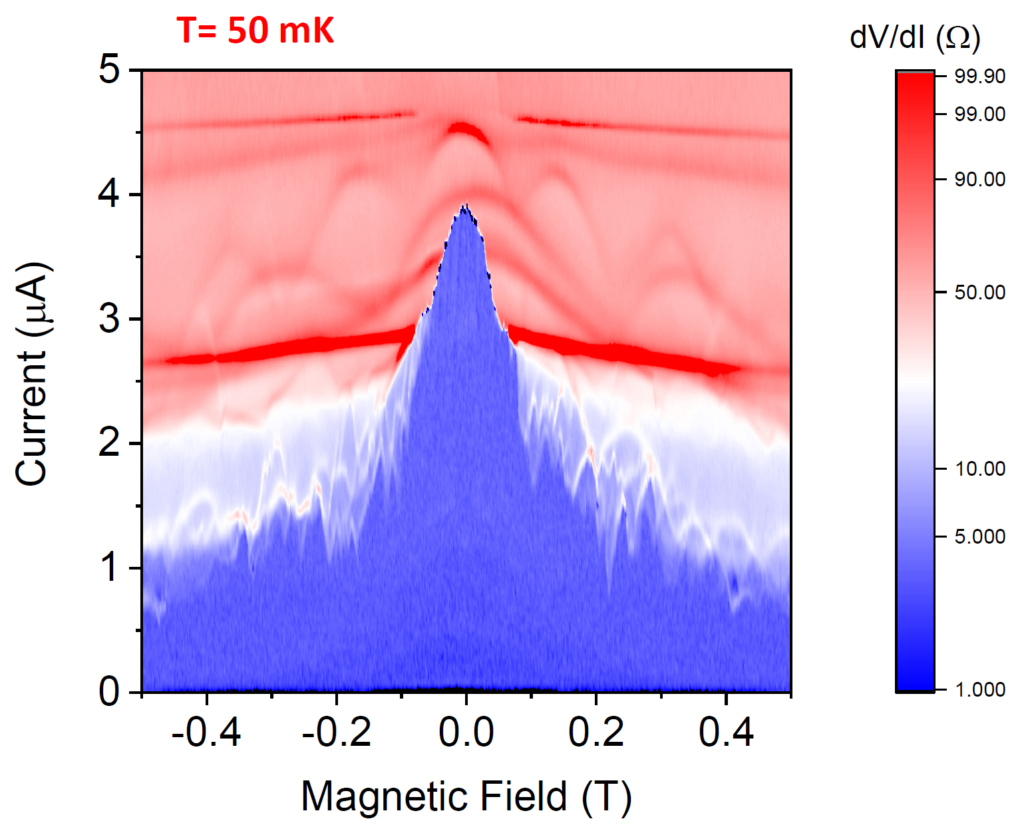
Strain engineered 2D topological edge states
Straintronic Devices
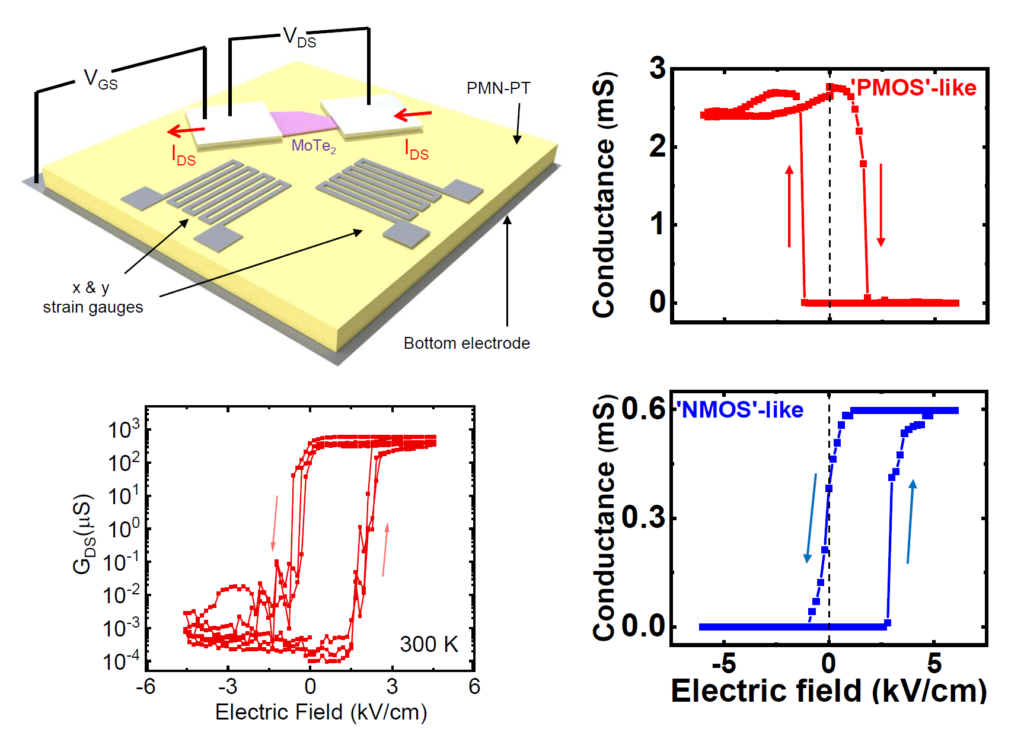
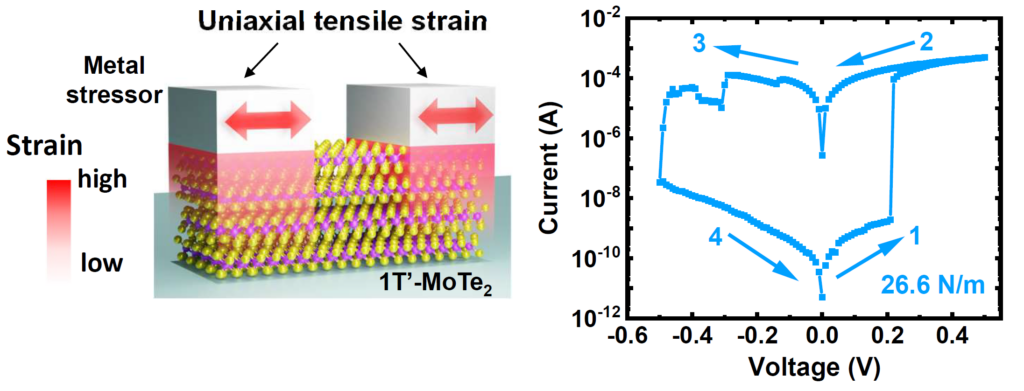
Straintronic 2D Phase Change Devices
With static strain engineering techniques, functional strain engineered 2D devices can be created to enhance existing performance in existing electronic devices such as transistors and memristors. Pairing functional dielectric materials from the complex oxide family (piezoelectrics, ferroelectrics, multiferroics, etc.) with 2D materials, we can further engineer devices that dynamically gate-modulate strain to create a “straintronic” transistor. Straintronic devices have the potential to create any number of gate-controllable exotic quantum phases in 2D materials, which will lead to exciting new types of functional platforms for conventional and quantum computing!
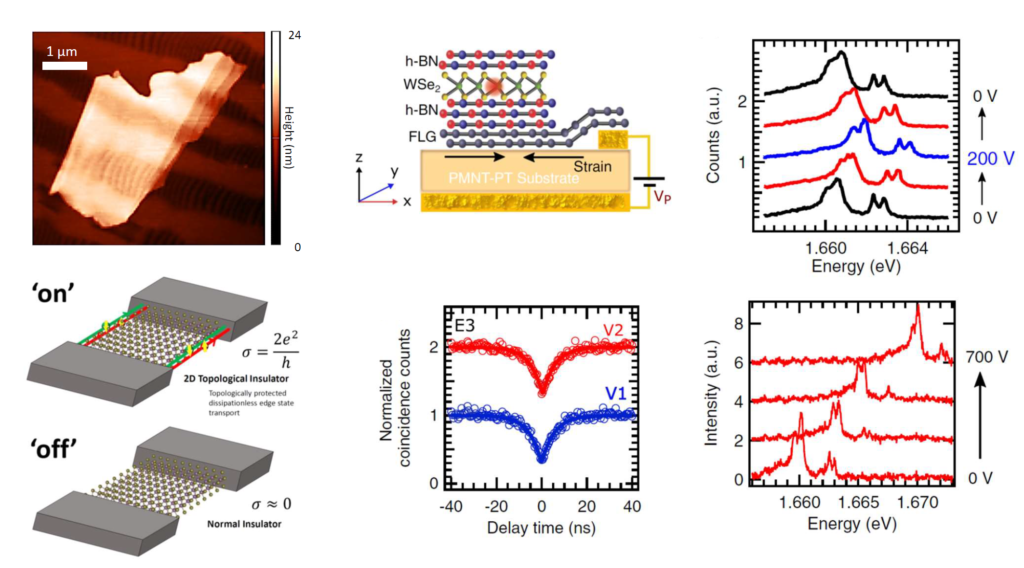
- C. Chakraborty, et al. Optica 7, 580 (2020)
- W. Hou, et al. Nature Nanotechnology 14, 668 (2019)
- Highlight Article: R. E. Simpson Nature Nanotechnology 14, 643 (2019)
Engineered Quantum Materials
 2D Moiré Engineering by design
2D Moiré Engineering by design
- T. Peña, et al. Appl. Phys. Lett. 122, 143101 (2023)
- A. Dey, et al. ACS Appl. Eng. Mater. 1, 970 (2023)
